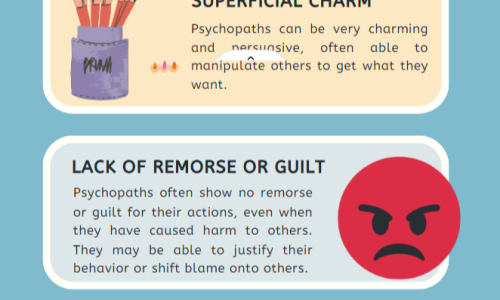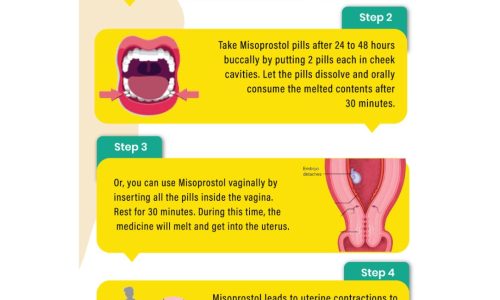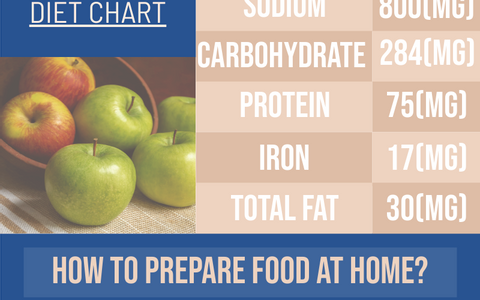Though dog training is an essential part in every dog and its owner’s life, this training doesn’t have to be harsh and unpleasant. Instead, you can use positive reinforcement training, so your dog feels good at the end of the training and wants to follow your instructions again and again.

Imagine, you were given $10 for every A grade in your report grade. Won’t you feel like doing it again? That’s positive reinforcement and that’s exactly how your dog should feel when it has to follow your orders.
Here are some positive reinforcement training strategies.
Reward should be immediateThe reward you give your dog should be immediate, otherwise the dog cannot understand the association between its action and the reward that it is getting.
Use a clickerIt is a good idea to use a clicker to help your dog to understand the connection between an action and reward. Every time you click, it is a sign that the dog is going to get a reward. Over time, this conditional training will reinforce positive behavior.
Keep it shortDogs can’t understand long sentences, so keep them short. Preferably, use single words like “stand”, “sit” and “stay” to help the dog understand what it is supposed to do to get the reward.
Be consistentConsistency is the key for successful positive reinforcement. Everyone in the family should follow the same set of commands and should give the same treat at the end of the same action. Such consistency will make it easy for the dog to connect the treat and its action.
Types of rewardsSome rewards that you can give your dog includes,
- Pat on the back
- Hug
- Verbal praise
- Food treats. They work the best while training.
- Petting
- Brief play
The exact treat depends on you and your dog. Experiment to see what your dog likes and what works for you.
![]()








